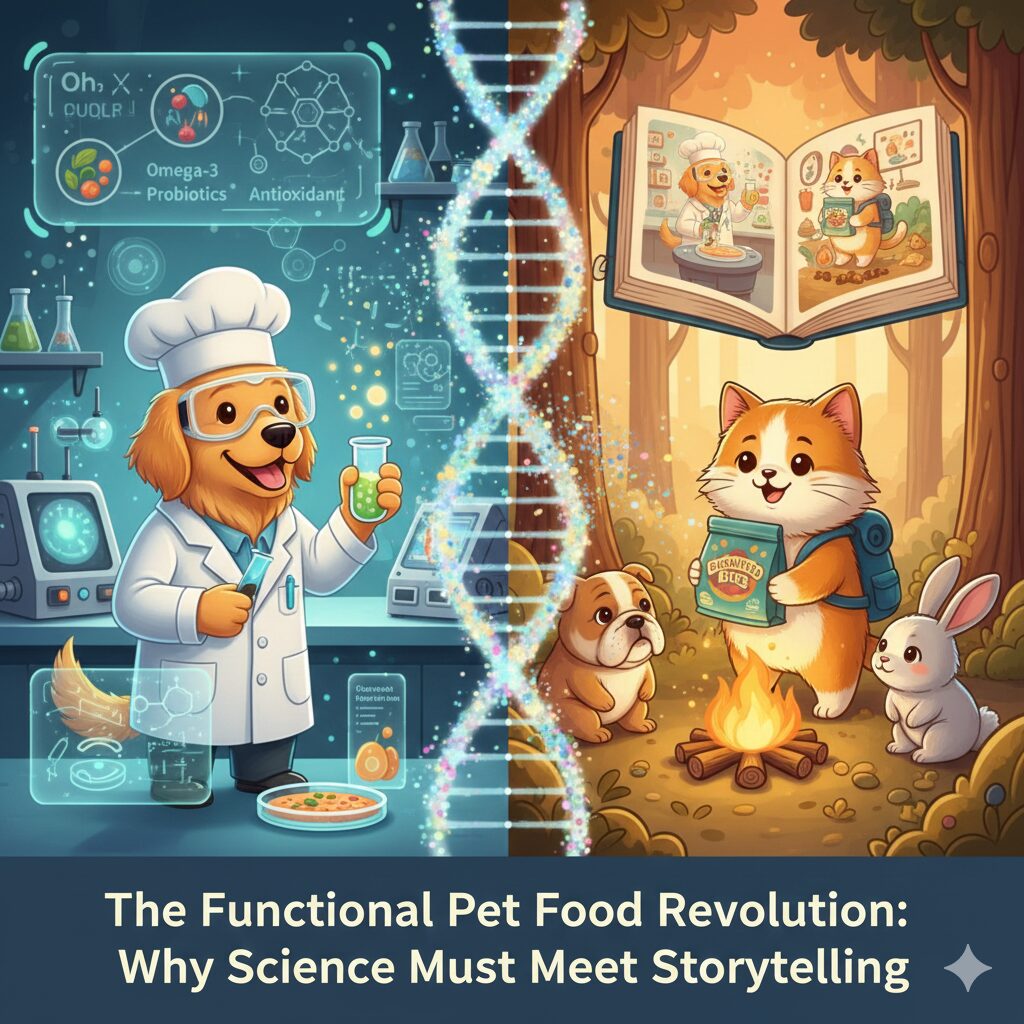Survival of Friendliest Vs Survival of the Fittest

“Survival of friendliest” presents a convincing substitute for the conventional “survival of the fittest” storyline
In contrast to the more conventional “survival of the fittest” strategy, which emphasizes aggressive rivalry and personal power, the “survival of friendliest” theory posits that cooperative and sociable actions may be more advantageous to long-term success.
Some arguments in favour of friendliest’s survival are as follows:
- Support from one another: Companionship and assistance from friendly people may improve their chances of surviving as a group.
- Working collaboratively: When people work together, they are better able to solve problems and use resources.
- Reduced conflict: The presence of friendly connections may lessen the likelihood of conflict and tension, leading to an atmosphere that is more stable and calm.
- Enhanced empathy: Being amiable may cultivate empathy, which in turn improves comprehension of other people’s needs and viewpoints.
- Strengthen community links: When friendly people work together, communities may become more robust.
Social vs biological evolution
The idea of “survival of the fittest” really has its roots in the study of biological evolution, namely in the description of natural selection. What we mean by “fitness” is an individual’s capacity to adjust to and thrive in their natural habitat.
The “survival of friendliest” notion, on the other hand, is more cultural and social; it stresses the significance of mutually beneficial connections in human communities.
Benefits of friendliness in evolution
Although “survival of the fittest” implies that aggressiveness and competitiveness play a crucial role in ensuring one’s survival, studies have shown that sociable and cooperative actions may also provide evolutionary benefits. Consider these examples:
- Reciprocal altruism: When people lend a hand to one another, they increase their chances of future assistance by establishing a bond of trust and reciprocity.
- Kin selection: Friendly behaviour towards kin may increase the likelihood of survival for shared genes.
- Group Selection: Natural selection may favour cooperative groupings, leading to the spread of friendly traits from non-cooperative groups.
Real-world examples
- Indigenous cultures: A wide range of indigenous cultures have developed strategies for surviving and thriving in harsh settings via the practice of collaboration, sharing, and mutual assistance.
- Community-based initiatives: cooperative enterprises, community gardens, and volunteer networks are examples of community-based projects that showcase the impact of amicable cooperation.
- Animal societies: Wolves, elephants, and monkeys are among the many animal species that display cooperative behaviour, which may indicate that being sociable has been advantageous to their evolutionary success.
Possible effects
- Optimal mental health: Being sociable and having social connections may alleviate stress and promote overall mental wellness.
- Social cohesiveness: Communities that work together are usually better able to bounce back from problems and overcome obstacles.
- Environmental sustainability: Cooperative and friendly methods can achieve more efficient conservation and resource management, thereby contributing to environmental sustainability.
Corporate Examples
The concept of “survival of friendliest” in the corporate world underscores that companies which prioritize empathy, cooperation, and social responsibility tend to thrive. Building a culture of friendliness enhances employee satisfaction, fosters customer loyalty, and encourages innovation.
From Zappos’ customer service philosophy to Salesforce’s philanthropic model, companies that embrace friendliness are better equipped to navigate challenges, attract top talent, and maintain sustainable growth. This approach not only boosts profitability but also creates a lasting, positive impact on society.
Difficulties and limitations
- Conflict and inequality: Instances involving opposing interests or power imbalances might make being friendly difficult.
- Cultural and personal variations: Friendliness can take on a variety of forms in different cultures and from person to person.
- Evolutionary trade-offs: Excessive friendliness might result in exploitation or weakness, which are evolutionary trade-offs.
Conclusion
Underscoring the significance of cooperative and supporting connections in human civilisations, “survival of friendliest” presents a convincing substitute for the conventional “survival of the fittest” storyline. Despite obstacles and restrictions, being friendly has the potential to improve health, strengthen communities, and ensure the long-term viability of our planet.




1 Comment